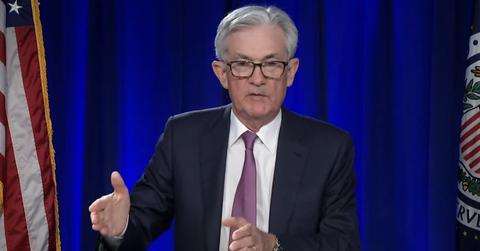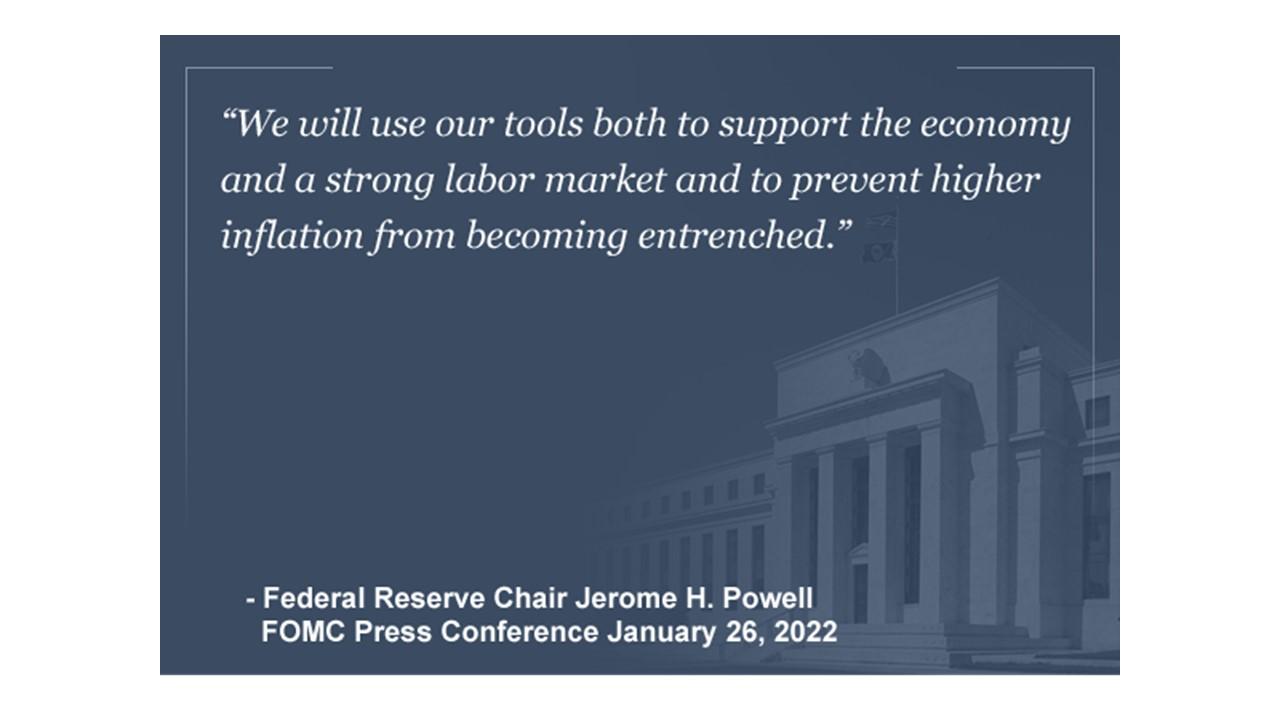Why Does the Fed Pay Interest to Banks? Key Monetary Policy Tool
When the Fed pays interest to banks, is it just a giveaway or does it serve any monetary purpose? Why does the Fed pay interest to banks?
Feb. 11 2022, Published 9:40 a.m. ET

The Fed pays interest to banks. The Fed's total interest payments to banks run into billions of dollars. So, why does the Fed pay interest to banks? Is the money just a just giveaway or does it serve a specific purpose?
Central banks, including the U.S. Federal Reserve, have a lot of monetary tools at their disposal to achieve their monetary goals. The Fed has two major goals—to maximize employment and control prices. While setting the federal funds rate is one of the most popular measures, there are other ways that the Fed can influence the rates and prices in the economy.
With inflation reaching a 40-year high, the Fed’s role in controlling price levels has come into the limelight again.

Banks hold balances with the Fed.
Banks hold overnight reserve balances in their accounts at the Fed. Reserves are the deposits that banks have at the Federal Reserve. Some reserve balances are required by law to be held against checking deposits, but banks also hold reserves at the Fed in excess of the requirements. In March 2020, the Fed reduced the reserve requirement ratio to 0 percent across all deposit tiers for banks due to the COVID-19 pandemic.
Why does the Fed pay interest to banks?
Starting October 1, 2008, Congress gave the Fed a new tool to help control the fed funds rate. The Fed has the authority to pay banks interest on balances held by or on behalf of eligible institutions in master accounts at Reserve Banks. This is known as IORB (interest on reserve balances).
Before the Fed paid interest on reserves, banks tried to engage in various activities to avoid holding non-interest-bearing reserves. For example, many banks set up mechanisms for moving funds at the end of the business day from accounts that have higher reserve requirements to accounts that had lower or no reserve requirements. By paying interest on reserves, the efforts weren't necessary.
Who sets the IORB?
The Board of Governors set the IORB that the Fed pays to banks. The adjustments to this rate help move the federal funds rate into the target range set by the FOMC, which is the EFFR (effective federal funds rate). If the Fed hikes this rate, the banks shouldn't be willing to lend to any private counterparty at a rate lower than this rate. Therefore, a higher IORB will put upward pressure on a range of short-term interest rates. The opposite happens when the IORB is reduced.
What are the IORB and EFFR currently?
The latest IORB rate is captured in the Board's DDP (Data Download Program). The table and DDP are generally updated each business day at 4:30 p.m. ET with the next business day's rate. They aren't updated on federal holidays. The rate updated as of Feb. 10 was 0.15 percent.
The two rates, IORB and EFFR, trade further apart when reserves are abundant like they were between 2013 and 2014. The rates trade closer together when reserve balances are declining like they were between 2017 and 2019.
